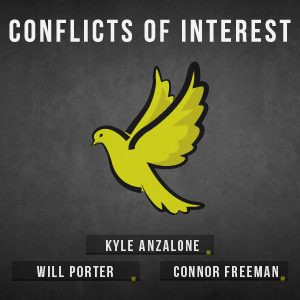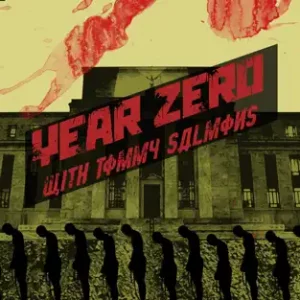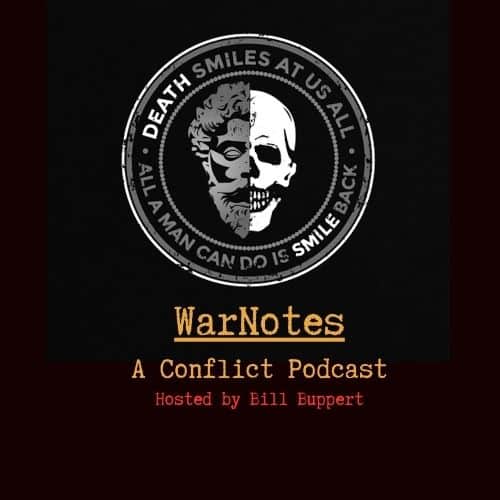Last week without fanfare, a 230-page military document (PDF) appeared in the public domain. The document, authored in May 2016, is a comprehensive list of rules, standards, and definitions governing the heart of what the military does: picking targets, and making sure those targets are valid and within the bounds of the laws of war.
The Pentagon isn’t exactly sure how the document ended up online. On Monday, Nov. 15, the nonprofit Federation of American Scientists ran a short post on the newly public document. Entitled “Joint Chiefs Urge “Due Diligence” in Targeting the Enemy,” the post highlights the central theme of the instruction manual: attacking the wrong target in war can have negative consequences for the United States and the countries it works with. This is a simple point, repeated and clarified through page after unredacted page in great detail, setting not just the rules but the very language that America’s military uses when fighting wars and deciding which object or person to fire at.
This doesn’t govern all the rules for use of force abroad; as Steven Aftergood of the Federation writes, “The manual applies to the Department of Defense and the military services. It does not govern lethal operations by the Central Intelligence Agency.” Most significantly, that means some operations, like targeted drone strikes flown for the CIA, are not governed by this manual.
What the manual does cover is almost everything else, from air forces and airfields, to the difference between a facility and an installation. There are rules for documenting what gets selected as a target, and guidelines for properly citing sources in an Electronic Target Folder, or the document used to show evidence that a given building, is, say, a cache of weapons used by an insurgent group, instead of a general store visited entirely by civilians.
The manual instructs commanders selecting targets to answer specific questions, like “How will the target system or adversary capability be affected if the target’s function is neutralized, delayed, disrupted, or degraded as planned” and “What is the expected adversary reaction to loss or degradation of the targets and target system’s functions?” In order for a target to be approved by intelligence agencies, like the CIA, NSA, the Defense Intelligence Agency (DIA), and the National Geospatial-Intelligence Agency (NGA), it has to go through vetting.














